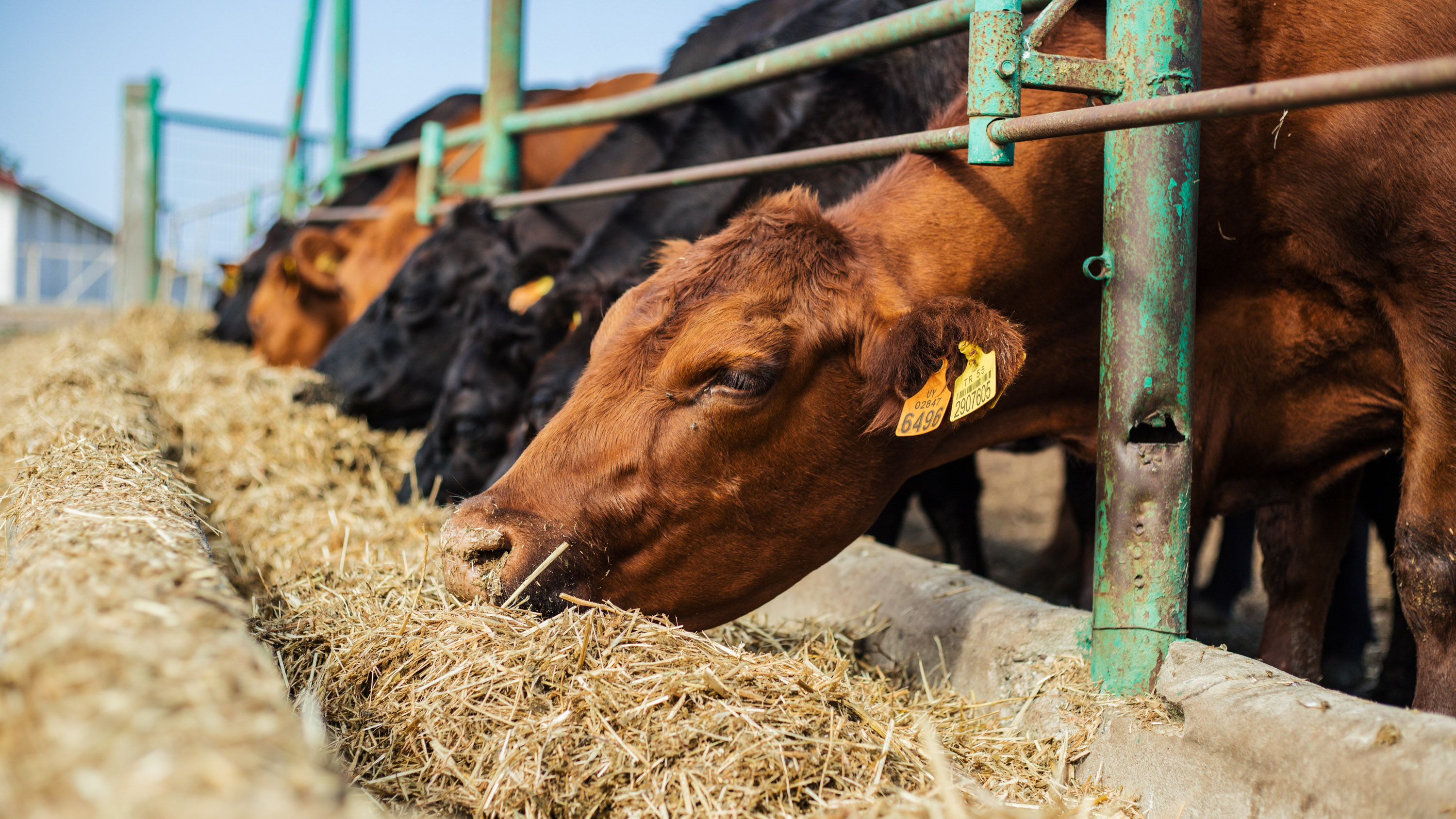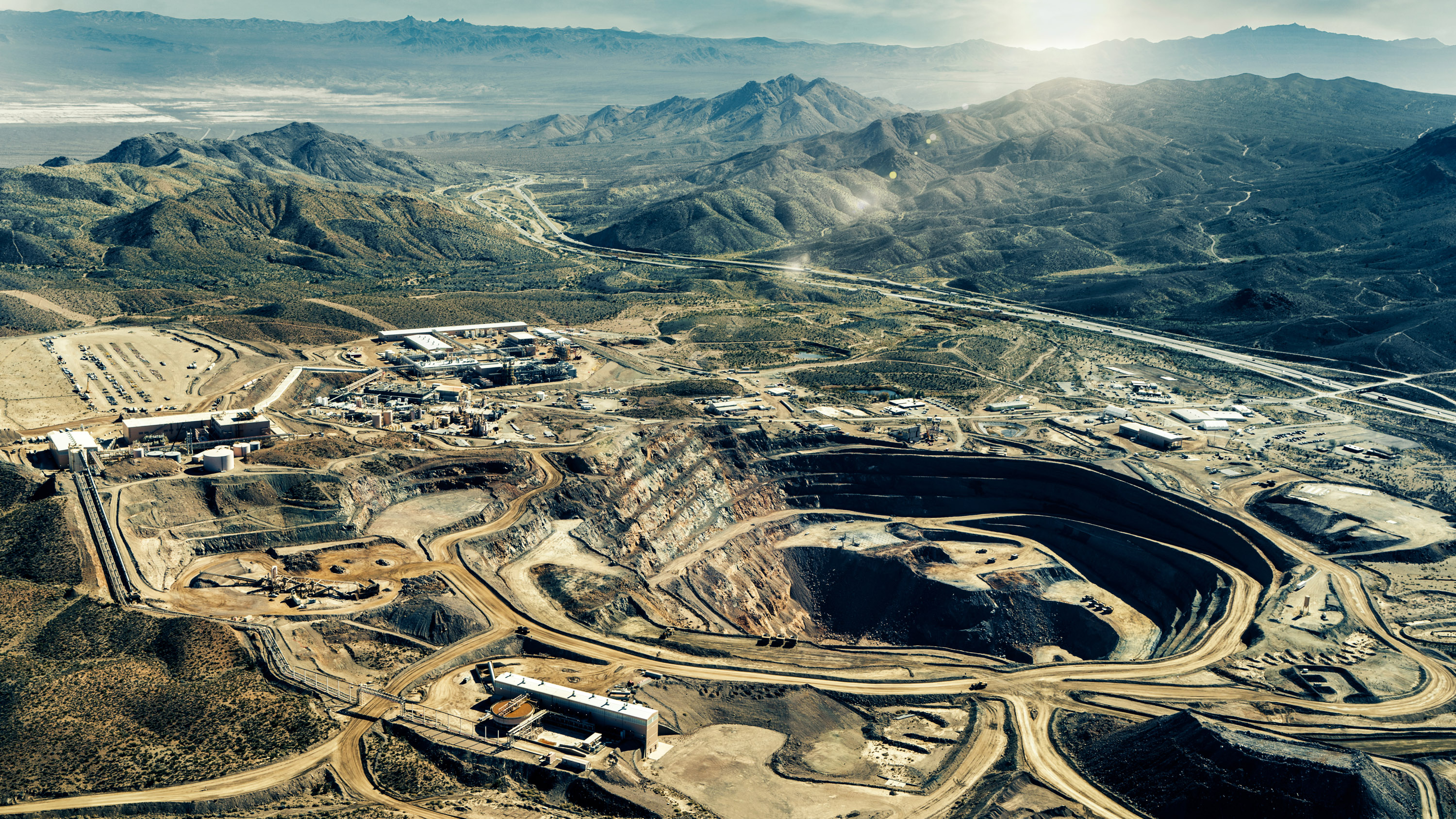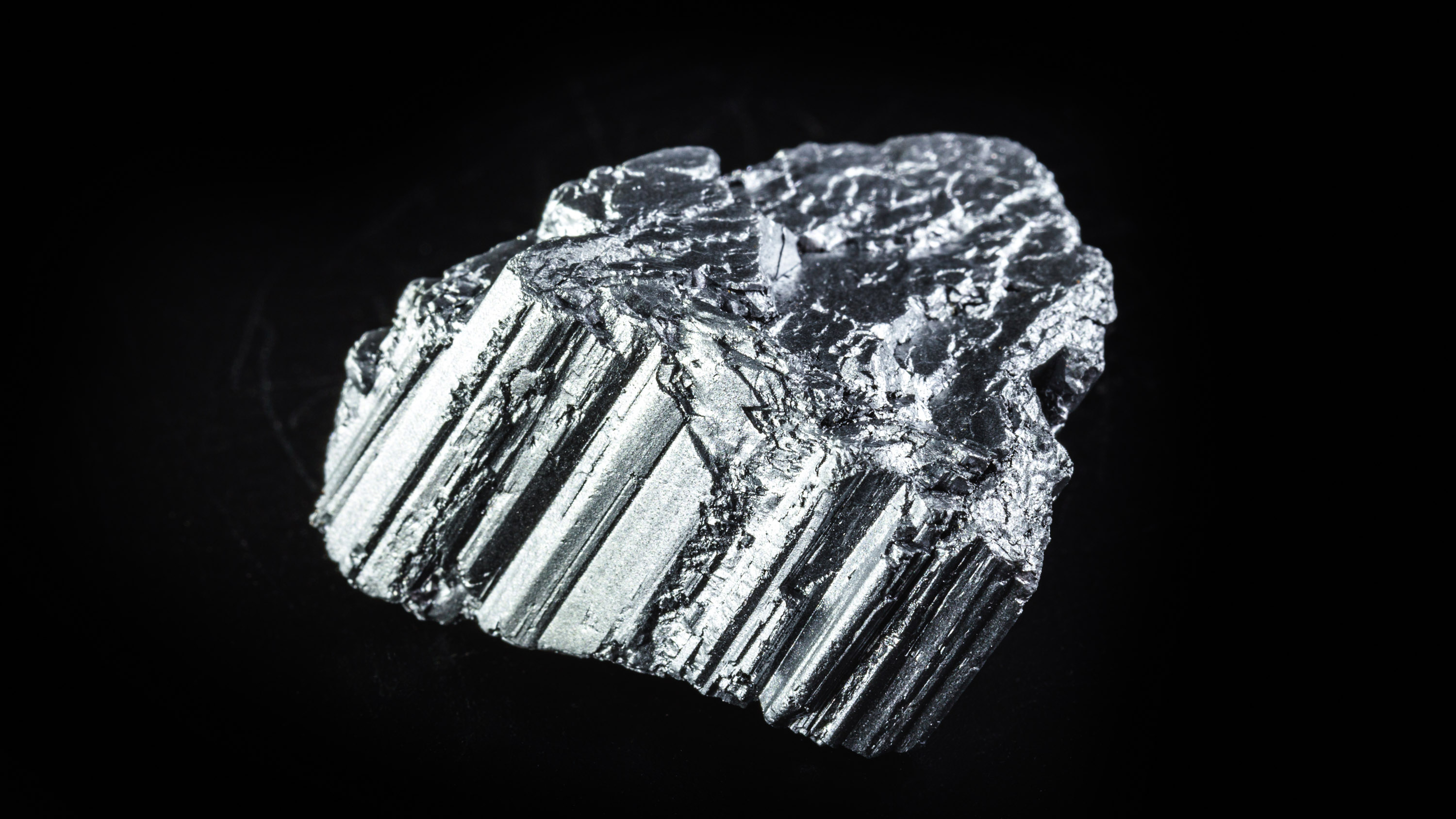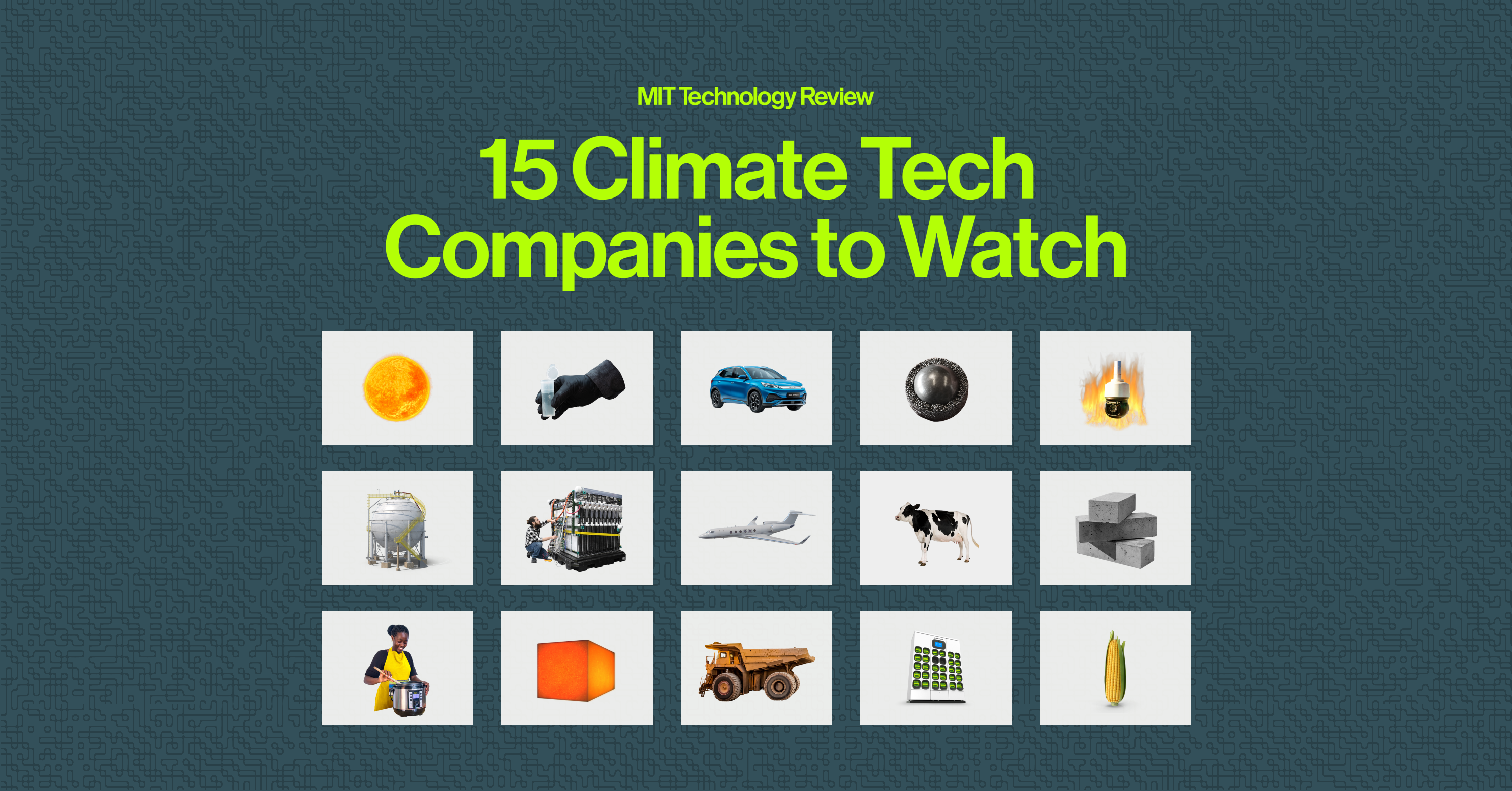2024 Climate Tech Companies to Watch: Rumin8 and its bovine supplements
Cow burps are one of the greatest sources of greenhouse gas emissions from agriculture. Rumin8 is designing supplements to cut down on the methane.

Rumin8 is designing treatments to dramatically reduce the amount of methane cows produce—and to make the animals more productive, too.
Among the millions of cows in New Zealand and Brazil, a few are growing a little fatter, making a little more milk, and burping a lot less methane than they used to.
They’re the cows being studied by independent researchers measuring the effects of the methane-reducing supplements developed by Australia-based Rumin8. As much as one-third of methane emissions come from cattle, accounting for somewhere between 11% and 20% of total greenhouse-gas emissions.
Rumin8 is testing three forms of a similar technology that promise to cut methane emissions produced by cow burps: One is a feed additive, one can be added to cows’ drinking water, and one goes in a slow-release capsule that lasts up to six months. Each strategy targets cattle in a different environment: The additive can be given to animals in feedlots, but animals that graze might require the capsules or drinking water supplement. The feed additive is the farthest along in development.
Rumin8’s technology works by interrupting the steps within a cow’s rumen (the largest part of its stomach) that lead to the production of methane. Upwards of 10% of a cow’s energy goes to making methane as a by-product of digestion. The methane is just a side effect of fermentation in the stomach, and by interrupting that process, the treatment lets the animals save energy, which can then go toward producing more muscle and milk. The greater the methane reduction, the greater the productivity gain.
That’s Rumin8’s pitch. The company says its treatments can reduce methane by more than 50%—significantly higher than competitors like Bovaer, the only such additive approved by the US FDA so far. But the cattle’s measurable improvements in productivity with Rumin8 products means they should be an easier sell to farmers: Their extra spending on a supplement that reduces methane not only is good for the planet but could also pay for itself by generating more meat and milk.
Key indicators
- Industry: Food and agriculture
- Founded: 2021
- Headquarters: Perth, Australia
- Notable fact: Bill Gates’s Breakthrough Energy Ventures led fundraising for the company, helping Rumin8 secure $12 million last year in its third investment round.
Potential for impact
Emissions from livestock play a huge role in global greenhouse-gas emissions. Most of those emissions come from beef and dairy cattle, which emit mostly methane—a very potent greenhouse gas, with 28 times more global warming power than carbon dioxide. While strategies to reduce emissions from other high-emitting sectors like power and transportation have advanced significantly in the last decade, agriculture remains stubbornly behind.
The reasons are manifold: Farming is a low-margin business, making it hard to justify expensive climate investments that could cut profits. And efforts to persuade people to eat less beef have not significantly reduced demand in places that consume and produce the most, like the US and Brazil. A technology like Rumin8’s, if it works as well and as affordably as claimed, could be transformative.
Caveats
Two major hurdles remain for Rumin8. The first is earning regulatory approvals in Brazil and the United States, which will take at least two years and require Rumin8 to prove that its claims about methane reduction are true—and that its supplements are safe for the animals, humans, and the environment.
Second, if the company clears those regulatory hurdles, it will still need to persuade the industry that its products are worth the investment, whatever their price. If the company’s productivity claims hold up, that shouldn’t be as difficult as it is for competitors that use different formulations.
Rumin8 could also benefit from government support for food producers, such as a carbon price or an incentive program for emissions reductions. Whether those programs develop beyond Europe remains to be seen, though.
Next steps
Rumin8 plans to publish three research papers by the end of 2024 that it says will validate and illustrate its claims about emissions reductions and productivity gains.
It’s just now beginning the work to obtain regulatory approvals. If all goes well, the company hopes to bring its products to market in Brazil in 2026 and in the US that year or the next.
Explore the 2024 list of 15 Climate Tech Companies to Watch.
Deep Dive
Climate change and energy

This rare earth metal shows us the future of our planet’s resources
The story of neodymium reveals many of the challenges we’ll likely face across the supply chain in the coming century and beyond.

Andrew Ng’s new model lets you play around with solar geoengineering to see what would happen
The climate emulator invites you to explore the controversial climate intervention. I gave it a whirl.

Want to understand the future of technology? Take a look at this one obscure metal.
Here’s what neodymium can tell us about the next century of material demand.
Stay connected
Get the latest updates from
MIT Technology Review
Discover special offers, top stories, upcoming events, and more.
